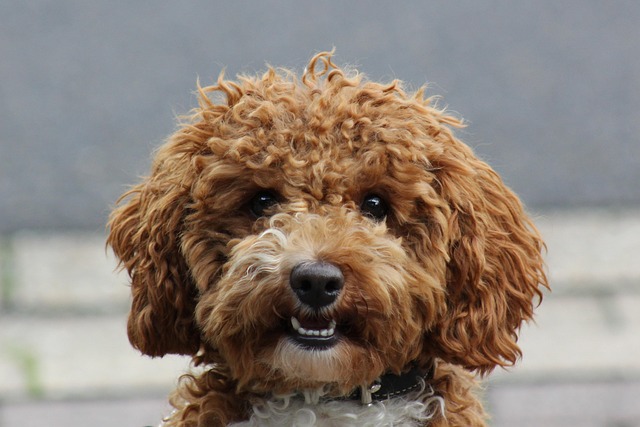
How do i train my dog to be obedient?
Watching your dog dart across the park ignoring your calls isn’t just frustrating—it can put them at risk near busy streets or public spaces.
That first walk with your new Golden Retriever puppy was supposed to be magical - but instead, you've got a confused furball who either plants himself stubbornly or zigzags like he's had three cups of coffee. Don't worry, this is completely normal puppy behavior. In fact, research from the University of Pennsylvania shows puppies need to learn walking skills just like they learn bite inhibition - through patient, positive repetition.
Puppies experience the world differently than adult dogs. Their shorter legs mean our walking pace feels like a marathon to them, and their developing brains get easily overwhelmed by new sights and sounds. Certified trainers in puppy-friendly cities like Portland recommend breaking down leash skills into baby steps (literally). Start indoors with just a collar and leash dragging (supervised!), rewarding any natural following behavior with chicken bits. Then progress to guided walks around your living room before ever hitting the sidewalk.
Here's the step-by-step that works for most urban puppies: First, choose the right gear - a lightweight harness is gentler on developing necks than collars. Use a 4-6 foot nylon leash (retractables teach bad habits). Begin with "follow the treat" games in your hallway, holding a yummy reward at your left knee. Keep sessions under 5 minutes - puppy attention spans are shorter than their tails. When moving outside, pick quiet times like Sunday mornings, and don't expect more than 10-15 feet of progress at first. Pro tip: Freeze-dried liver works wonders for sidewalk training in distracting areas.

Now for the real-world considerations while training: Most U.S. cities require rabies vaccinations by 16 weeks old - check your local laws because you can't legally walk your pup in public spaces without them. And speaking of laws, those cute puppy accidents on your neighbor's lawn? They can earn you fines up to $300 in cities like Boston if you're not carrying biodegradable cleanup bags. Apartment dwellers should note that many buildings require potty training documentation - keep a log of outdoor successes to show management if needed.
Remember that puppies under 6 months shouldn't walk miles anyway - the general rule is 5 minutes per month of age, twice daily. Overdoing it can cause joint damage in large breeds. Instead of long walks, supplement with indoor play and backyard exploration (on-leash if required by local ordinances). And never punish pulling by yanking back - this can create lifelong leash anxiety. Positive reinforcement isn't just kinder; it's more effective for creating that perfect loose-leash walk you're dreaming of.
Within 4-6 weeks of consistent practice, you'll notice your puppy checking in with you automatically on walks. Those chaotic outings will transform into enjoyable strolls where your pup happily trots beside you - at least until he spots his first squirrel, but that's a training challenge for another day.

Watching your dog dart across the park ignoring your calls isn’t just frustrating—it can put them at risk near busy streets or public spaces.

New puppy owners often find themselves rushing to clean up accidents before they set in, and that’s where puppy pad training becomes a game-changer.

If you've noticed your dog's waistline disappearing and your veterinarian has mentioned those few extra pounds, your first instinct might be to simply reduce the amount of food in their bowl.

Training a dog to use a designated spot indoors isn’t as daunting as many new owners fear, but it does take consistency and an understanding of your pet’s needs.

That moment of dread on a walk is all too familiar for many new dog owners. You see another dog approaching down the sidewalk of your neighborhood

If the sight of another dog on your neighborhood walk makes your heart sink as your own dog erupts into a frenzy of barking and lunging, you're not alone.